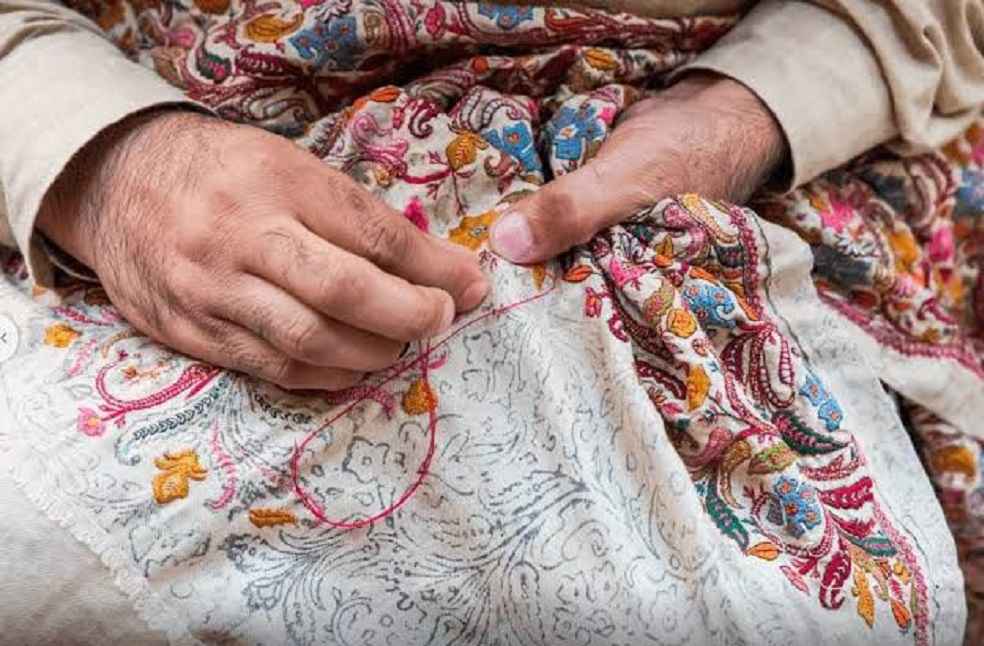The government of Bangladesh has officially declared handicrafts as the product of the year 2024, aiming to highlight the contribution of women in the sector, boost exports, and diversify the country’s export basket, which is largely dominated by the garments industry. The announcement was made through a notification issued by the commerce ministry yesterday.
This initiative aligns with the Export Policy 2021-24, which designates an item each year as the ‘product of the year’ to enhance its visibility in the global market. A senior commerce ministry official stated that the recognition is part of a broader strategy to promote handicrafts internationally.
Last month, Prime Minister Sheikh Hasina first announced handicrafts as the product of the year during the inauguration of the Dhaka International Trade Fair (DITF). She emphasized the sector’s role in empowering women by providing employment opportunities.

Although there is no comprehensive data on the domestic handicrafts market, industry insiders estimate its annual worth at around Tk 10,000 crore ($820 million). The sector supports at least 40,000 entrepreneurs and provides direct and indirect employment to approximately 50 lakh people.
According to the Export Promotion Bureau (EPB), handicraft exports amounted to $29.75 million in the fiscal year 2022-23, down from $42.83 million in the previous year. Industry experts believe actual export earnings could be significantly higher but are underreported due to improper classifications under the Harmonized System (HS) Codes.
SU Haider, president of the Bangladesh Handicrafts Manufacturers and Exporters Association (BANGLACRAFT), suggested that the government is likely to introduce logistical support or incentives for the sector’s development. He noted that handicraft exporters currently receive an eight percent cash incentive.

Despite the recognition, concerns remain about the practical impact of such declarations. Rubina Akter Munni, managing director of Design by Rubina, pointed out that similar declarations are made every year, yet no significant benefits reach the sector. She highlighted the lack of government patronage and training facilities for artisans.
Munni cited the example of craftspersons in the Chittagong Hill Tracts who produce high-quality bamboo products but lack financial resources to expand their businesses. She stressed that proper training and support could enable them to contribute more effectively to the economy and employment generation.
Echoing similar sentiments, Mohammad Washier Rahman, proprietor of Craft N Craft in Uttara, stated that while such declarations provide publicity, they do not translate into tangible benefits for entrepreneurs. Many small investors struggle due to limited financial capacity, with some exiting the business due to losses.
BUSINESS GENERAL | India Targets $47B Leather Market by 2030 with Reforms and Trade Boost



